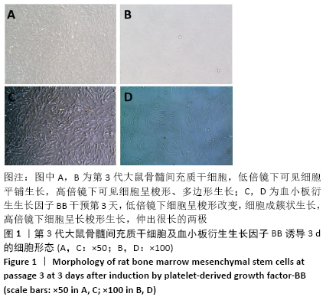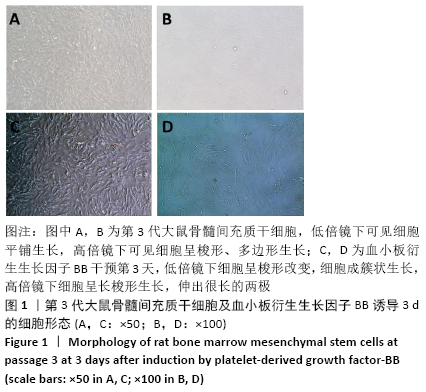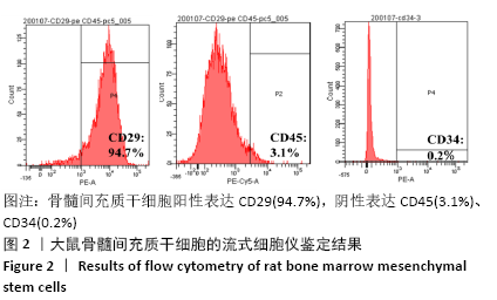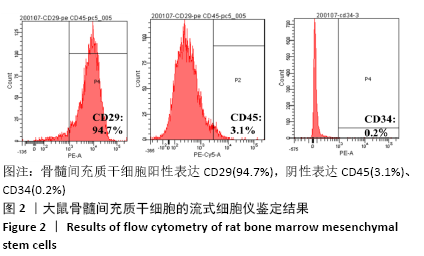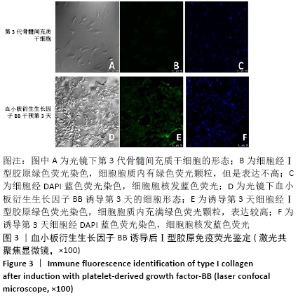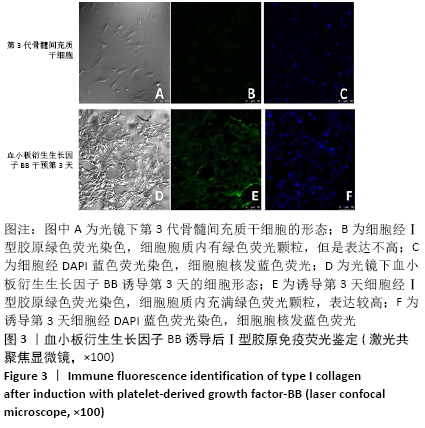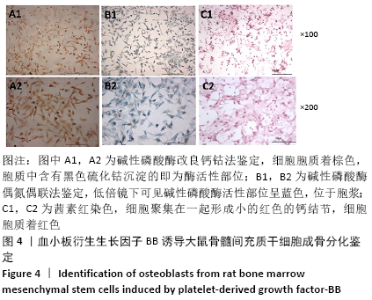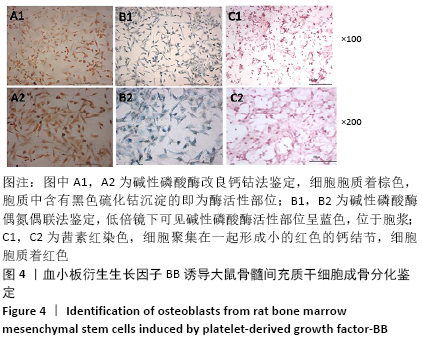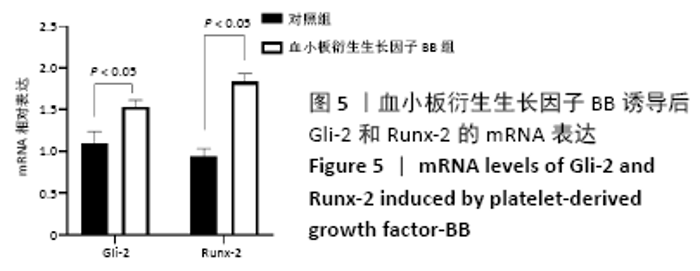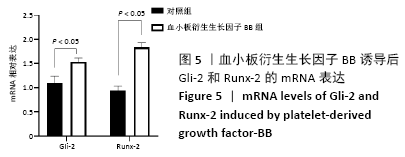[1] Sailhan F. Bone lengthening (distraction osteogenesis): a literature review. Osteoporos Int. 2011;22(6):2011-2015.
[2] Berendsen AD, Olsen BR. Bone development. Bone. 2015;80:14-18.
[3] Zhou ZC, Che L, Kong L, et al. CKIP-1 silencing promotes new bone formation in rat mandibular distraction osteogenesis. Oral Surg Oral Med Oral Pathol Oral Radiol. 2017;123(1):e1-e9.
[4] Barba-Recreo P, Del Castillo Pardo de Vera JL, Georgiev-Hristov T, et al. Adipose-derived stem cells and platelet-rich plasma for preventive treatment of bisphosphonate-related osteonecrosis of the jaw in a murine model. J Craniomaxillofac Surg. 2015;43(7):1161-1168.
[5] Nakahara K, Ikemoto S, Shimizu S, et al. Relaxed pericranial flap for distraction osteogenesis to treat craniosynostosis: a technique for wound reinforcement-technical note. Childs Nerv Syst. 2014;30(7):1283-1286.
[6] Montes-Medina L, Hernández-Fernández A, Gutiérrez-Rivera A, et al. Effect of bone marrow stromal cells in combination with biomaterials in early phases of distraction osteogenesis: An experimental study in a rabbit femur model. Injury. 2018;49(11):1979-1986.
[7] Earley M, Butts SC. Update on mandibular distraction osteogenesis. Curr Opin Otolaryngol Head Neck Surg. 2014;22(4):276-283.
[8] Chen X, Wang J, Yu L, et al. Effect of Concentrated Growth Factor (CGF) on the Promotion of Osteogenesis in Bone Marrow Stromal Cells (BMSC) in vivo. Sci Rep. 2018;8(1):5876.
[9] Xie Z, Yan D, Zhou Q, et al. The fast degradation of β-TCP ceramics facilitates healing of bone defects by the combination of BMP-2 and Teriparatide. Biomed Pharmacother. 2019;112:108578.
[10] Xie LK, Wangrangsimakul K, Suttapreyasri S, et al. A preliminary study of the effect of low intensity pulsed ultrasound on new bone formation during mandibular distraction osteogenesis in rabbits. Int J Oral Maxillofac Surg. 2011; 40(7):730-736.
[11] Liu X, Hou W, He L, et al. AMOT130/YAP pathway in topography-induced BMSC osteoblastic differentiation. Colloids Surf B Biointerfaces. 2019;182:110332.
[12] Bandara N, Gurusinghe S, Kong A, et al. Generation of a nitric oxide signaling pathway in mesenchymal stem cells promotes endothelial lineage commitment. J Cell Physiol. 2019;234(11):20392-20407.
[13] Movaghar B, Tiraihi T, Javan M, et al. Progesterone-induced transdifferentiation of bone marrow stromal cells into Schwann cells improves sciatic nerve transection outcome in a rat model. J Neurosurg Sci. 2017;61(5):504-513.
[14] Davies OG, Grover LM, Lewis MP, et al. PDGF is a potent initiator of bone formation in a tissue engineered model of pathological ossification. J Tissue Eng Regen Med. 2018;12(1):e355-e367.
[15] 姜涛,吴硕,李志强,等.血小板衍生生长因子BB促进SD大鼠骨髓间充质干细胞的增殖[J].中国组织工程研究,2021,25(13):1976-1981.
[16] 郝宇卉,李美宁,张凯丽,等.不同培养方法对小鼠脂肪干细胞成骨分化的影响[J].中国现代医学杂志,2019,29(3):8-14.
[17] Xie H, Cui Z, Wang L, et al. PDGF-BB secreted by preosteoclasts induces angiogenesis during coupling with osteogenesis. Nat Med. 2014;20(11):1270-1278.
[18] Zhang Y, Ma Y, Wu C, et al. Platelet-derived growth factor BB gene-released scaffolds: biosynthesis and characterization. J Tissue Eng Regen Med. 2016; 10(10):E372-E381.
[19] Li DQ, Wan QL, Pathak JL, et al. Platelet-derived growth factor BB enhances osteoclast formation and osteoclast precursor cell chemotaxis. J Bone Miner Metab. 2017;35(4):355-365.
[20] Mihaylova Z, Tsikandelova R, Sanimirov P, et al. Role of PDGF-BB in proliferation, differentiation and maintaining stem cell properties of PDL cells in vitro. Arch Oral Biol. 2018;85:1-9.
[21] Jung J, Jeong J, Hong HS. Substance P improves MSC-mediated RPE regeneration by modulating PDGF-BB. Biochem Biophys Res Commun. 2019; 515(4):524-530.
[22] 刘慧,陈慧鸿,廖红兵. 破骨细胞衍生的偶联因子鞘氨醇-1-磷酸及血小板衍生生长因子BB对成骨细胞的调节作用[J].中国组织工程研究,2019, 23(23):3739-3745.
[23] Lennon D, Solchaga LA, Somoza RA, et al. Human and Rat Bone Marrow-Derived Mesenchymal Stem Cells Differ in Their Response to Fibroblast Growth Factor and Platelet-Derived Growth Factor. Tissue Eng Part A. 2018;24(23-24): 1831-1843.
[24] Gao SY, Lin RB, Huang SH, et al. PDGF-BB exhibited therapeutic effects on rat model of bisphosphonate-related osteonecrosis of the jaw by enhancing angiogenesis and osteogenesis. Bone. 2019:115117.
[25] 袁晓军,舒敏锐,李刚,等.金属钴、铬离子对成骨细胞增殖及 I 型胶原蛋白表达功能的影响[J].实验与检验医学,2016,34(2):158-160.
[26] Kitaura Y, Hojo H, Komiyama Y, et al. Gli1 haploinsufficiency leads to decreased bone mass with an uncoupling of bone metabolism in adult mice. PLoS One. 2014;9(10):e109597.
[27] Oliveira FS, Bellesini LS, Defino HL, et al. Hedgehog signaling and osteoblast gene expression are regulated by purmorphamine in human mesenchymal stem cells. J Cell Biochem. 2012;113(1):204-208.
[28] Wang Q, Huang C, Zeng F, et al. Activation of the Hh pathway in periosteum-derived mesenchymal stem cells induces bone formation in vivo: implication for postnatal bone repair. Am J Pathol. 2010;177(6):3100-3111.
[29] Gersbach CA, Byers BA, Pavlath GK, et al. Runx2/Cbfa1 stimulates transdifferentiation of primary skeletal myoblasts into a mineralizing osteoblastic phenotype. Exp Cell Res. 2004;300(2):406-417.
|
